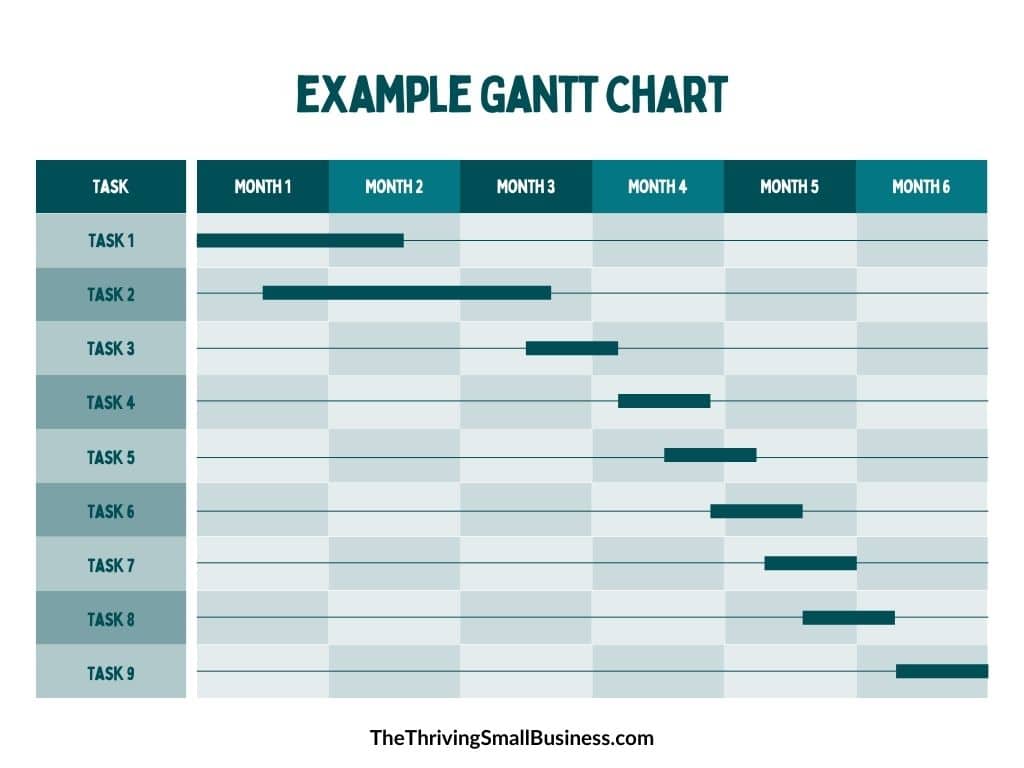How To Overcome Procrastination at Work
Estimated reading time: 4 minutes
If you are like me, there are days that are more productive than others. The underlying issue is simply procrastination.
Most of us are guilty of procrastination at one time or another and need help overcoming procrastination at work.
It Is Easy To Put Off Tasks
Tasks that are not fun or tasks that drain us mentally or physically are easy to put off.
The problem with procrastination is its ability to keep us from achieving personal and professional objectives.
Procrastination is defined as “to put off or defer (an action) until a later time; delay; to postpone until tomorrow.”
There is an old saying, “Why put off until tomorrow what you can do today”, but many of us operate under the opposite – “Why do today what I can put off until tomorrow”.
There is some humor in this, but learning to “just do it” and get things done can give a lot of self-gratification for completing tasks that move us closer to accomplishing goals.
The reality is that the hardest part of getting things done is just getting started.
We often put off things that literally take minutes to do, but we get “stuck” and just need some help getting started.
Overcoming Procrastination at Work
1. Establish Priorities
The first step is to prioritize all competing tasks and responsibilities.
This will help you to know what to work on first so that you can stay focused on the most important tasks.
For instance, if you need to finish the annual budget by the end of the week, you might want to prioritize that over finishing picking the colors for the new office.
2. Break a Project into Doable Steps and Tasks
Take the time to think through a project to help identify all of the necessary steps and tasks that need to be done.
When you are able to complete a few tasks that move you toward the completion of a project, you will have a real sense of accomplishment by getting even a few things finished.

For example, having a project to organize computer files may require several steps.
Step 1: identify file categories
Step 2: delete old or unnecessary files
Step 3: go through the files and move to a new category.
3. Schedule Time for Tasks and Do Them at Scheduled Times
We often put off those things that we know (think) will take a long time.
Schedule time to work on project tasks to help you complete small pieces of the project at a time.
For example, with the illustration above, identifying file categories may take 10 or 15 minutes. Schedule time and just do that piece of the project.
Then, schedule an hour at a time to go through all files and delete unnecessary ones.
This simple step will help keep you from being overwhelmed by the enormity of the project.
4. Establish a Timeline
Establish a timeline for projects, which can help with procrastination.
Use a Gantt chart as a tool that can help show when each step of the project needs to be finished.

For example, determine when the computer file organization project needs to be done. By the end of the week? End of the month? Or the end of the quarter?
Determine this and create a timeline for the project.
5. Plan for the Unexpected
Life happens, and as Murphy’s law goes, what can go wrong will go wrong.
Plan for the unexpected – computer issue, illness, absence of coworker, etc. Allow enough time to get tasks accomplished before it is due so there is time to refine and finalize.
Waiting until the last minute to complete tasks risks unexpected issues that can limit the ability to finish the task on time and create a lot of undue stress.
Self Discipline Is The Secret
Self-discipline is certainly a way to help fight procrastination. However, understanding one’s challenge with it, and taking the time to think through and plan projects can be one of the most effective tools used to overcome procrastination at work.
What are you procrastinating about today?






